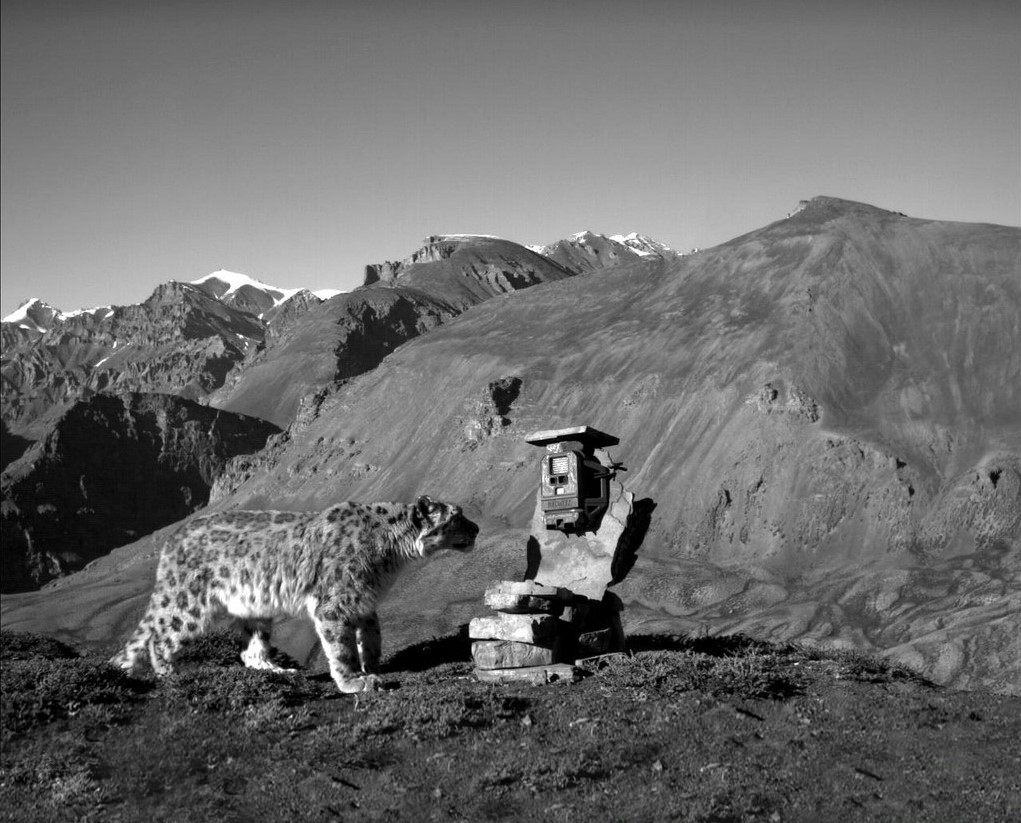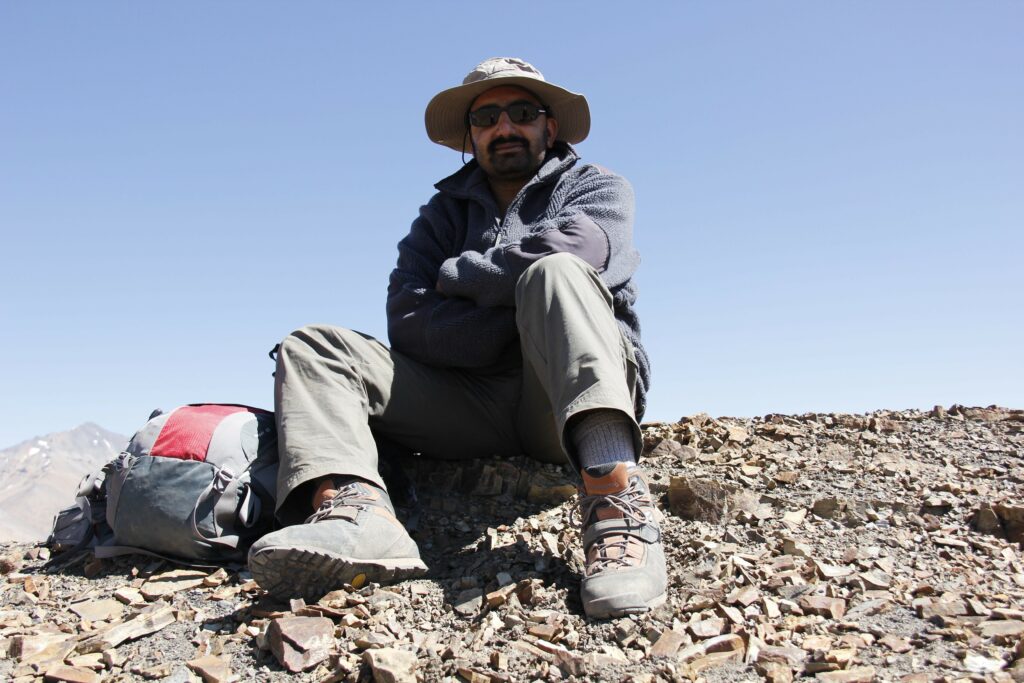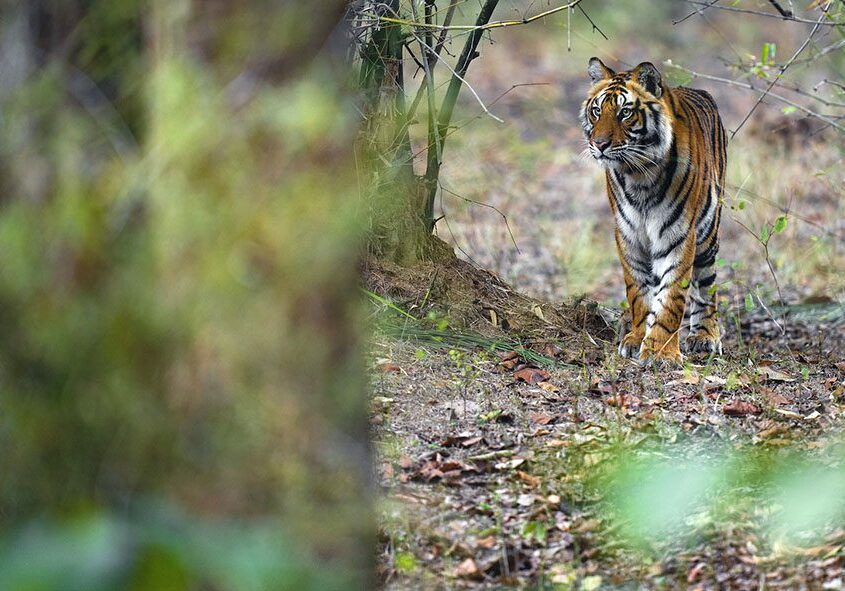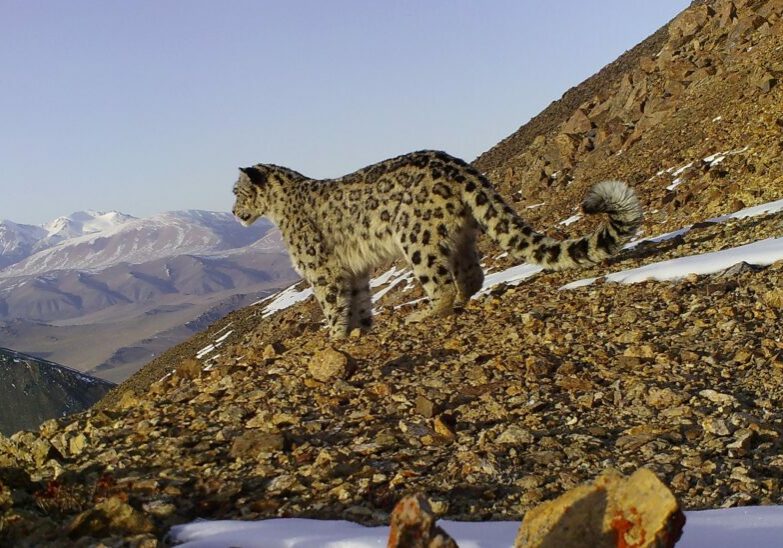I grew up in a small village in India, listening to my grandmother’s magical stories about a leopard that would come down from the Shivalik foothills in the outer Himalayas to drink from the village pond. I hid behind a huge ficus tree for days, keeping watch and hoping the thirsty cat would appear again – but it never came.
As I got older, whenever I was out walking in the hills, collecting wood or wild fruits or herding cattle, my gaze would rise to the stunning vistas of the snowcapped Pir Panjal range. I wondered what lived in those mountains, so far away.
A friend who had a farm up there told me about a mythical creature called the him tendua, the leopard of the snows. Sometimes, he said, the cats would kill livestock and then the community would retaliate – with fatal results. Today, numbers of these mysterious creatures are dwindling.

I decided to study big cat conservation and by 2006 I was helping to tackle India’s tiger crisis. While these majestic stripy felines excited me, the mountains beckoned and the distant pull of the Himalayas grew ever stronger.
In 2010, I got my chance to learn about the animal that had captivated my imagination since I was a child. I discovered that due to their vast home ranges, snow leopards are extremely rare and hard to see. In even the best habitat, there might only be one cat in every 100 square kilometres.
So I felt privileged and full of joy when I did catch a glimpse, however fleeting, of a snow leopard. Most of the time, just to walk in their Himalayan kingdom and sense their presence in the ridges and cliffs, the valleys and rocky outcrops, was enough. Snow leopards are the soul of the high mountains.

Today, I continue to chase the ghost of the mountains as the leader of WWF’s global snow leopard conservation programme. Our work is critical to the survival of the species. Less than 3% of its habitat has been rigorously studied or surveyed, so there’s lots more for us to learn.
My work provides crucial insights into the lives of these shy and threatened animals and how we can help them live in peace with local people. I believe that, together, we can secure a future for these beautiful cats.
More to explore

Are tigers coming back from the brink?
For decades, we’ve worked tirelessly to secure a future for wild tigers. Now, as we approach a key milestone in tiger conservation, we need your help again

